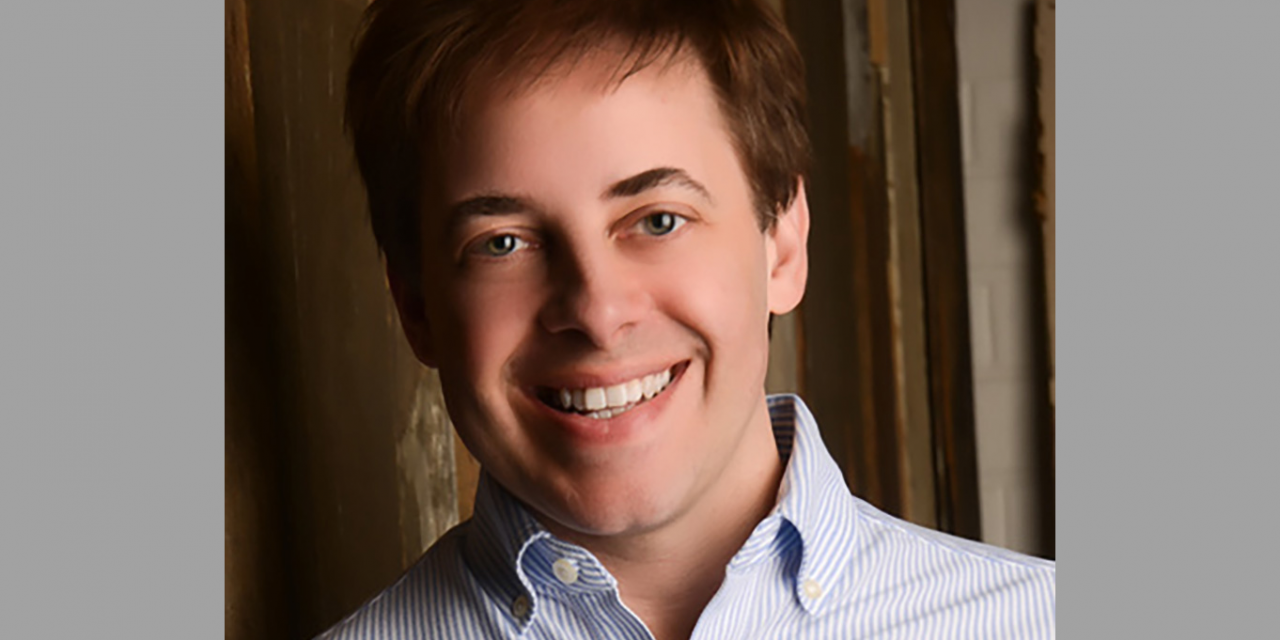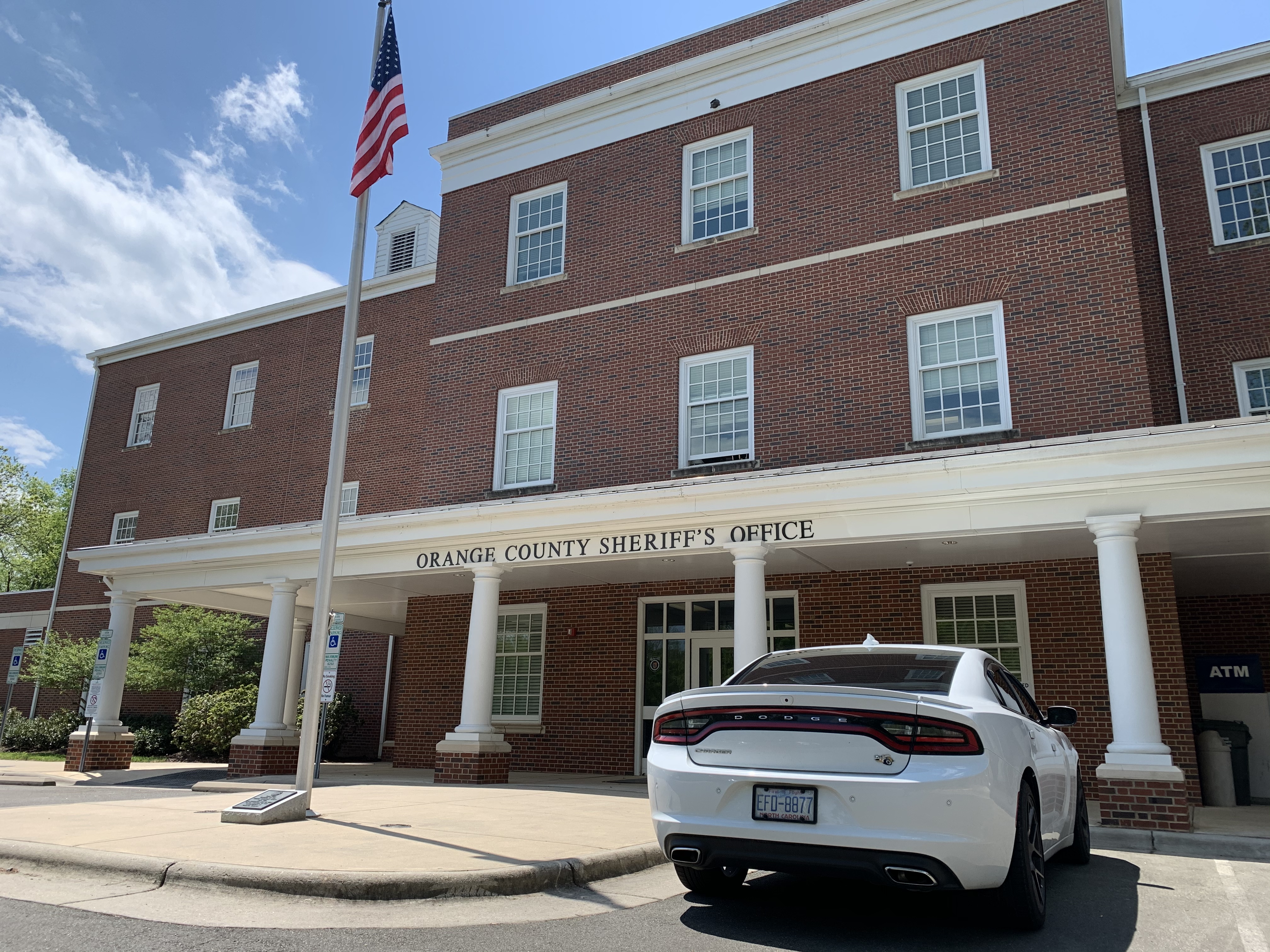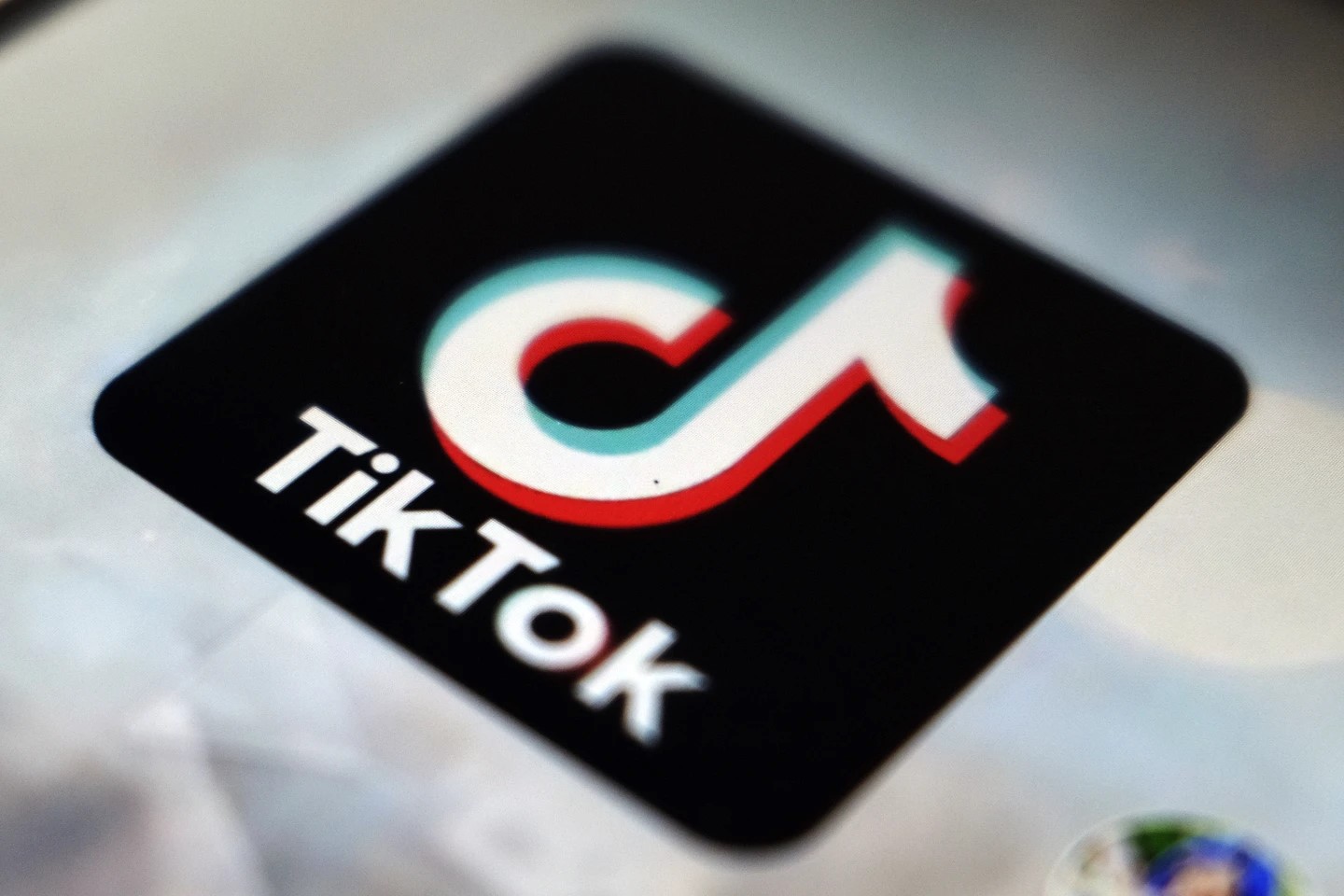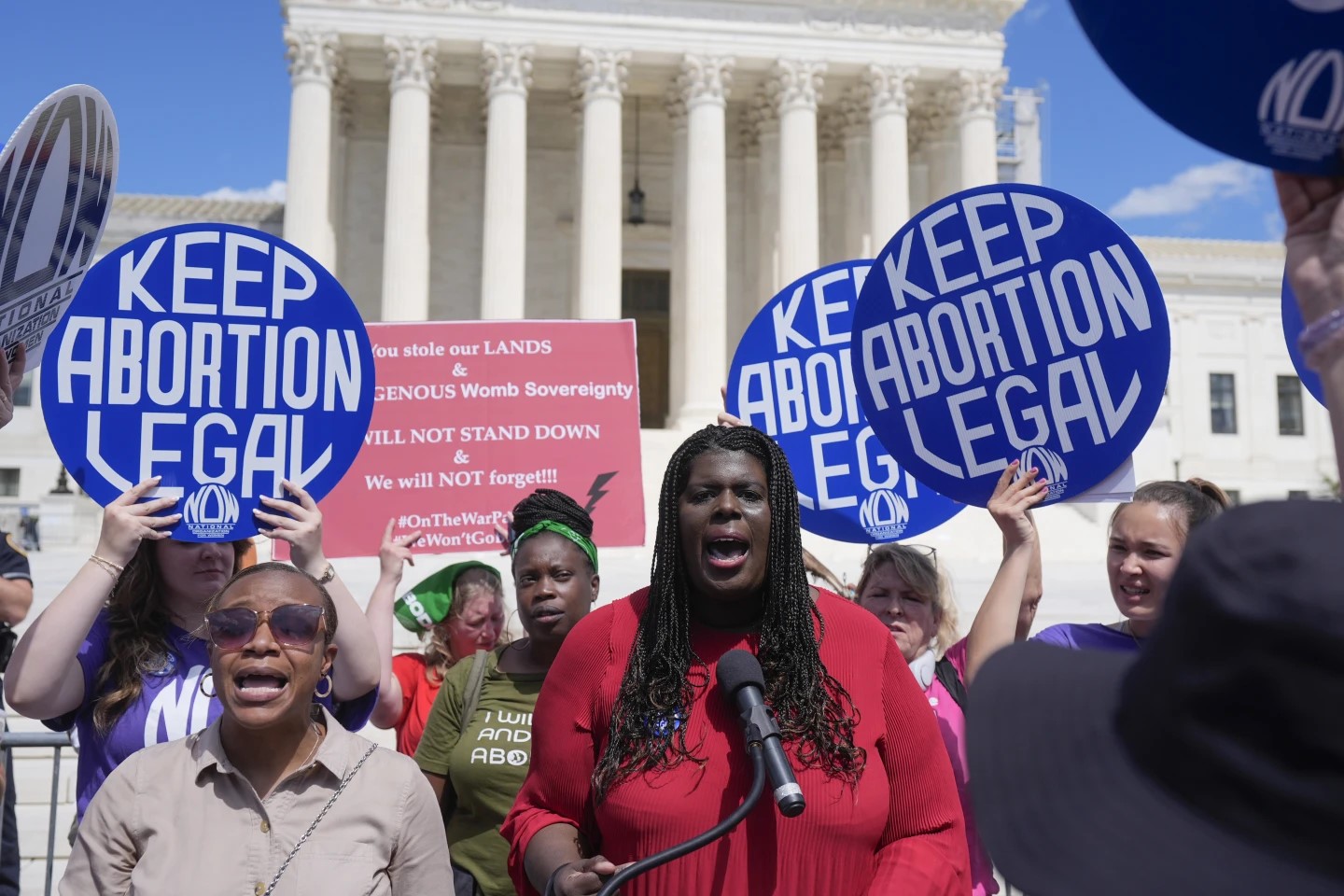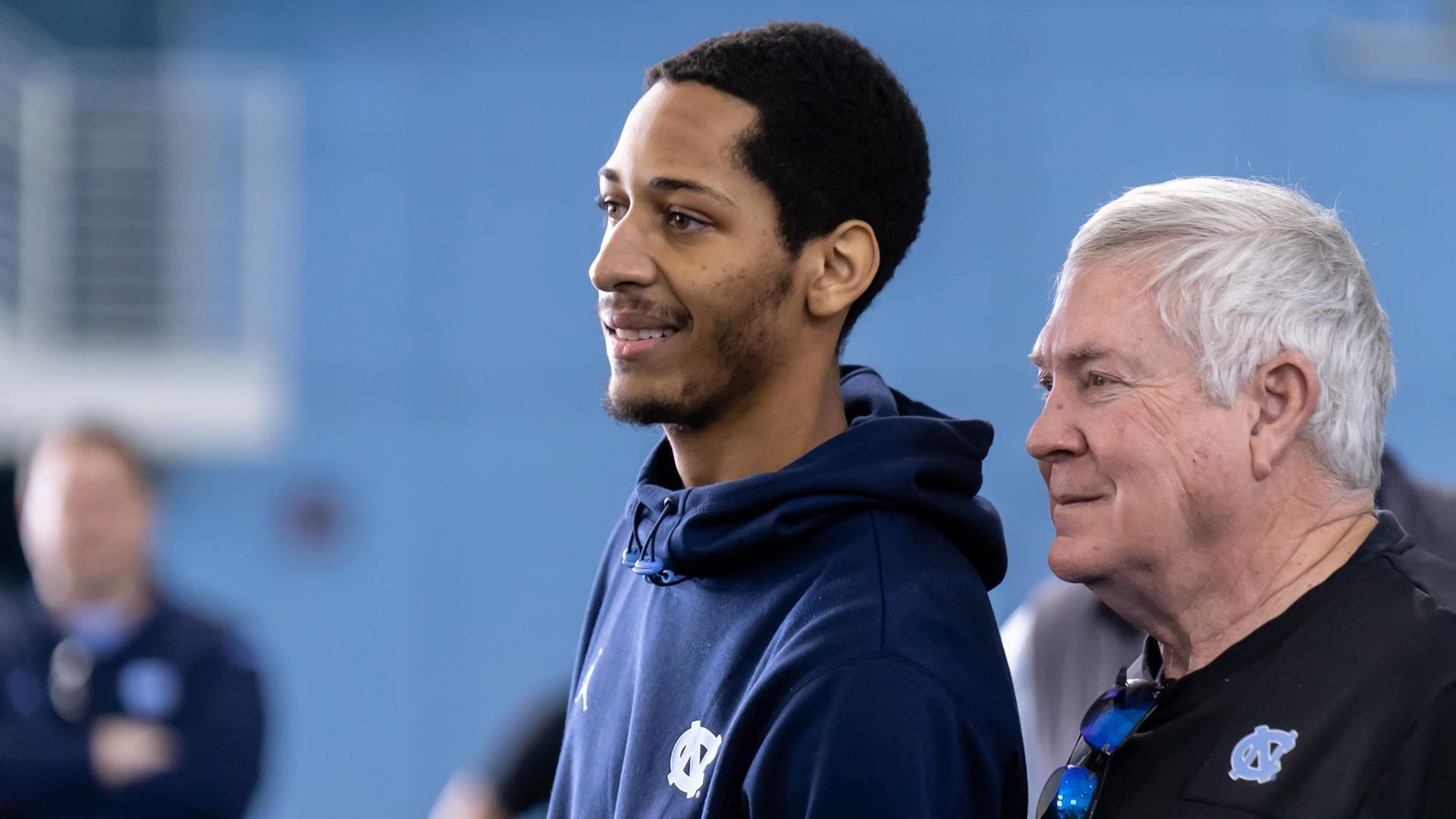Social media is a major part of everyday life for most of us, teens and adolescents included – and that can be both good and bad. How should kids be engaging with social media? And what knowledge and training should they have, to be better able to navigate that world?
A presidential panel of the American Psychological Association recently issued a “Health Advisory on Social Media Use in Adolescence,” with ten recommendations for teens and parents. (The ten recommendations are listed below.)
Click here to read the health advisory.
Click here to learn more about how you can help guide your teens online.
One of the panel’s co-chairs is Mitch Prinstein, the APA’s chief science officer – and also a professor of psychology and neuroscience at UNC.
Aaron Keck: What do we know about the effects of social media on teens and adolescents – both positive and negative? It goes both ways.
Mitch Prinstein: You know, we’re still learning…but social media is changing so fast. So we wanted to really highlight what we know so far, so parents aren’t freaked out (by) what’s going on. I think the important bottom line is that there are some good things with social media – especially for kids who might come from an underrepresented background, or (who) feel like they don’t have someone that they connect with in their real life. The online experience can really give them important social support. So we don’t want to just take it all away. But we also have a whole bunch of warning signs that the companies might create the platforms in ways that might cause more harm than good.
Keck: How is that changing, if at all? Are we seeing similar effects today, versus five years ago or ten years ago?
Prinstein: You know, what’s changing is that it went from only really isolated kids being online to everyone being online. And now we have some kids who are getting off of (social media), because they feel that it’s so fake. Some of the most popular and well-adjusted kids are actually throwing their hands up and saying, “I can’t take any more. I just want real-life human interaction.”
Keck: So we’ve got a list of ten recommendations from the health advisory…and it seems like the (overall) key seems to be just asking parents and guardians to pay attention to what kids are consuming on social media. What is it that we should be watching for?
Prinstein: Ideally the tech companies and policymakers are doing their jobs and they’re making sure that there’s some regulation – because it’s completely the Wild West, what kids might experience online, and a lot of it is remarkably concerning and damaging. But until then, there are some things parents can do.
Talk with your kids about what they’re experiencing. A lot of us roll our eyes and tease kids a little bit about how much time they’re spending on their phones – but that might accidentally give them the message that we don’t care, or we’re just going to make fun of them for caring. Instead, we’ve really got to ask them: “what would you do if you saw something that talked about cutting, or unhealthy behaviors, or something discriminatory or inappropriate?” and engage kids in conversations. That way they’ll feel like they can approach you with some of the complicated stuff they’re going to see. That, plus all those parental controls that keep them from seeing anything inappropriate. I think we’ve got to do both of those things, what we call ‘restrictive monitoring’ (limits on access) plus ‘active monitoring’ (talking to kids).
Keck: How much social media is too much? Is there a specific limit?
Prinstein: It’s not really (about) how much time, it’s about what you’re doing. If you’re spending the entire time reading the news and talking with friends and (finding) ways to build social competence, you could spend plenty of hours on there and it would probably be fine. But if you’re going on there and just pursuing likes and trying to draw attention to your profile, we know that’s pretty bad for you.
The biggest guideline: do not interfere with bedtime or sleep time. Research is showing that kids are most likely to have disrupted or delayed sleep because of social media, and that is actually changing the development and the size of their growing brains. So we really have to be careful that it’s not interfering with (getting) eight to nine hours of sleep a night.
Keck: A lot of these points (in the health advisory) are about encouraging parents to monitor their kids when they’re on social media. But the flip side of that is (that) parents shouldn’t necessarily be helicopter parents or too smothery. So how much monitoring is too much? How much autonomy should we be giving our kids?
Prinstein: We definitely want them to have privacy (and) autonomy. That is completely natural and healthy as they get older. One of the things that we did: we’ve given parents a list of different areas, conversation starters to teach their kids social-media literacy, so kids can regulate themselves. Teaching them about mis- and dis-information, teaching them to understand that ‘likes’ might be coming from robots or (bad actors). Helping them to understand what they see, so you don’t have to watch over them all the time.
Read an interview with Mitch Prinstein on how to teach social-media literacy to teens.
Keck: We know social-media literacy is important for kids and teens and adolescents to have. It’s also important for adults to have – and a lot of us adults are not as social-media literate as we could be. What are some good resources for us?
Prinstein: Scientists have actually developed some fun web-based ways of teaching social-media literacy. One of them is called “Get Bad News.” It teaches you how to spot mis- and dis-information, the tactics they use that make it so tantalizing for us to read it and forward it. And I have to tell you – I study this (for a living), and even I learned quite a lot. Another one is “Spot the Troll,” which is another online game developed by psychologists; it teaches you how to recognize a fake profile that’s pushing out polarizing content, versus a real profile. I did it, and I immediately had my whole family and my kids do it, and we all had a nice conversation about it. We learned a lot.
Keck: What are the signs of an online troll?
Prinstein: When people are posting only politicized (and) one-sided information, information that makes it sound like if you don’t agree with them, then you must be the most evil person. And there’s very often very little personal information about them. But it’s very clever. You really have to go to that site and see it. Because I was fooled. I mean, I only got six out of eight right my first time I took the quiz. I learned a lot, and I probably have fallen prey to this more times than I care to admit.
Keck: How about mis- and dis-information? What are the signs of those?
Prinstein: When it’s (presented as) a secret that’s no one’s telling you. Or if it’s very emotional. Or if it seems to be coming from an expert, but as you dig, there’s no real credentials listed for that expert. Those are three of about six or seven tactics that are used to make it likely for you to – to just read the headline, not even click on the story, and believe it, and start forwarding it to others, all upset and enraged. It’s kind of amazing how effectively it works, and how we’ve all fallen prey to it.
Keck: We were talking earlier about letting kids have more autonomy online as they get older and more mature. Obviously different kids age differently, so there’s not necessarily a specific number – “okay, they’re 12 now, they can have X amount of autonomy” – but what are the maturity signs that you should be looking for as a parent, to tell you (that) your kid is ready to to have more autonomy?
Prinstein: Parents are the experts on their kids. Parents know, better than any of us will know, at what age their kids are ready. Be looking for (whether) your kid is using social media in moderation: questioning the kinds of things they see, not just buying into all of it, and using it in ways that enhance their social relationships and their understanding of the world.
A lot of kids will tell you that they get online, (and) three hours of TikTok videos later, they get off and they don’t feel happy. They’re upset with themselves for spending so much time. They feel worse about themselves, they feel lonely. Those are signs that your kid is not ready to have unfettered access. But if your kid says, “wow, I got helpful information, I made some real connections, I feel good about myself” – that’s a good sign. And obviously, like everything, parents are going to have to help kids understand that at first, until they can have that internal dialogue for themselves.
Keck: Where else can people go for more information?
Prinstein: There’s a really great blog – made by a former UNC graduate student, actually (Jacqueline Nesi), who’s now a professor at Brown. She calls it Techno Sapiens. It’s a really popular blog that sends parents weekly information about the latest news on social media and how to translate that into their daily lives. I highly recommend it.
Keck: I want to go back to something you said earlier – that ideally tech companies and policymakers should be doing their jobs, and keeping the social media landscape well-regulated. What would a well-regulated social media landscape look like? What should we want to be seeing from policymakers and tech companies?
Prinstein: Well, the Kids Online Safety Act was just reintroduced a couple of weeks ago. It’s getting at some of the pieces – not all of them, but it’s helping to protect kids’ data, to protect kids’ privacy, to put controls into the system. An 8-year-old and an 80-year-old should not be having the same experience on social media. We know that kids’ brains are developing and are different than adults, so we can’t have the same algorithms and artificial intelligence pushing them to stay on for as long as possible. That’s just not fair, when we’re talking about a brain that hasn’t fully matured yet. And we’d like to see those design changes made with kids’ development and kids’ health in mind.
Keck: What have we not talked about yet, that parents should know?
Prinstein: It’s very easy for parents to be freaked out by all of this information. I also am a parent of kids. I do think it’s important to remember that good can come from social media. We should really think about when our kids use it and how to help them feel like they are enhancing their social relationships from it, if we give them the opportunity to get on there at some point. And that’s especially true for kids that might be having a hard time offline.
Here are the ten recommendations from the APA’s presidential panel:
1. Youth using social media should be encouraged to use functions that create opportunities for social support, online companionship, and emotional intimacy that can promote healthy socialization.
2. Social media use, functionality, and permissions/consenting should be tailored to youths’ developmental capabilities; designs created for adults may not be appropriate for children.
3. In early adolescence (i.e., typically 10–14 years), adult monitoring (i.e., ongoing review, discussion, and coaching around social media content) is advised for most youths’ social media use; autonomy may increase gradually as kids age and if they gain digital literacy skills. However, monitoring should be balanced with youths’ appropriate needs for privacy.
4. To reduce the risks of psychological harm, adolescents’ exposure to content on social media that depicts illegal or psychologically maladaptive behavior, including content that instructs or encourages youth to engage in health-risk behaviors, such as self-harm (e.g., cutting, suicide), harm to others, or those that encourage eating-disordered behavior (e.g., restrictive eating, purging, excessive exercise) should be minimized, reported, and removed; moreover, technology should not drive users to this content.
5. To minimize psychological harm, adolescents’ exposure to “cyberhate” including online discrimination, prejudice, hate, or cyberbullying especially directed toward a marginalized group (e.g., racial, ethnic, gender, sexual, religious, ability status), or toward an individual because of their identity or allyship with a marginalized group should be minimized.
6. Adolescents should be routinely screened for signs of “problematic social media use” that can impair their ability to engage in daily roles and routines, and may present risk for more serious psychological harms over time.
7. The use of social media should be limited so as to not interfere with adolescents’ sleep and physical activity.
8. Adolescents should limit use of social media for social comparison, particularly around beauty- or appearance-related content.
9. Adolescents’ social media use should be preceded by training in social media literacy to ensure that users have developed psychologically-informed competencies and skills that will maximize the chances for balanced, safe, and meaningful social media use.
10. Substantial resources should be provided for continued scientific examination of the positive and negative effects of social media on adolescent development.
Chapelboro.com does not charge subscription fees, and you can directly support our efforts in local journalism here. Want more of what you see on Chapelboro? Let us bring free local news and community information to you by signing up for our biweekly newsletter.

